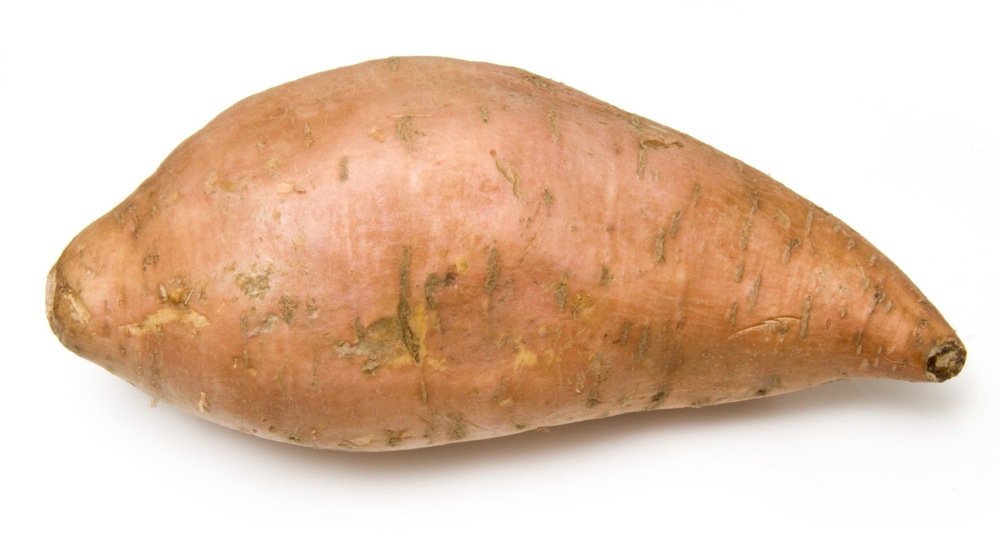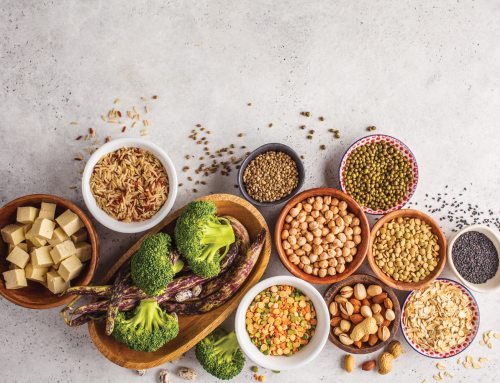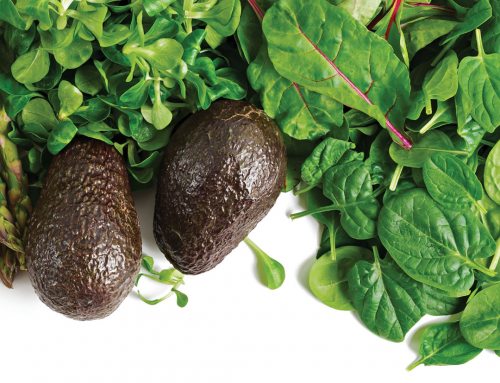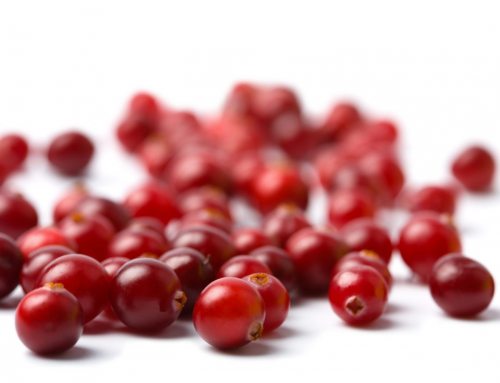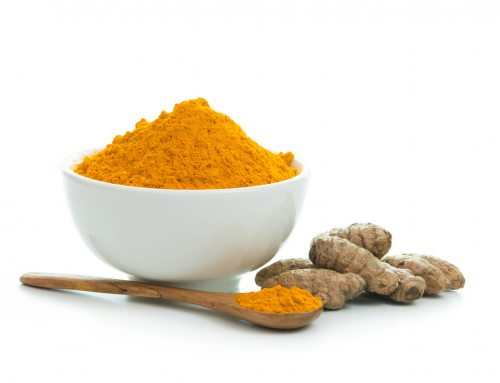
North Carolina is the No. 1 producer of sweet potatoes in the United States and rightly so, as the sweet potato is the state’s official vegetable. More than 40 percent of the national supply comes from North Carolina. Grown in the Coastal Plains, sweet potatoes were already an American Indian crop in 1492, when Columbus landed in America. Some scientists believe that sweet potatoes have been around since prehistoric times and may have even been eaten by dinosaurs.
When shopping for sweet potatoes, select firm, well-shaped potatoes with smooth skin. Avoid those with soft spots, bruises or any signs of decay. Store them in a cool, dry place and use them within a week or two. Do not refrigerate until after cooking, as cold temperatures can cause them to become bitter.
Sweet potatoes are low in sodium, cholesterol-free, fat-free, high in fiber, and contain minerals and vitamins A, C and E. Sweet potatoes (which are more nutritious if cooked with the skin on) are also rich in beta-carotene, a kind of vitamin A that helps your body wage war against free-radicals. Free-radicals try to damage your cells, but beta-carotene coats your cells and helps your immune system fight back.
Sweet Potatoes or Yams?
Most people think that long, red-skinned sweet potatoes are yams, but they are just one of many varieties of sweet potatoes. Often thought of as a yam in the United States, the sweet, orange-colored root vegetable is actually a sweet potato. A true yam is a starchy edible tuber that is generally imported from the Caribbean. It differs greatly from the sweet potato in taste, texture, appearance and family.
Depending on the variety, sweet potatoes can be white, orange or even purple. The orange-fleshed variety was introduced to the United States several decades ago. In order to distinguish it from the white variety everyone was accustomed to, producers and shippers chose the English form of the African word “nyami” and labeled them “yams.”


